22 Fashion Rules From Our Grandparents’ Era That Faded Away
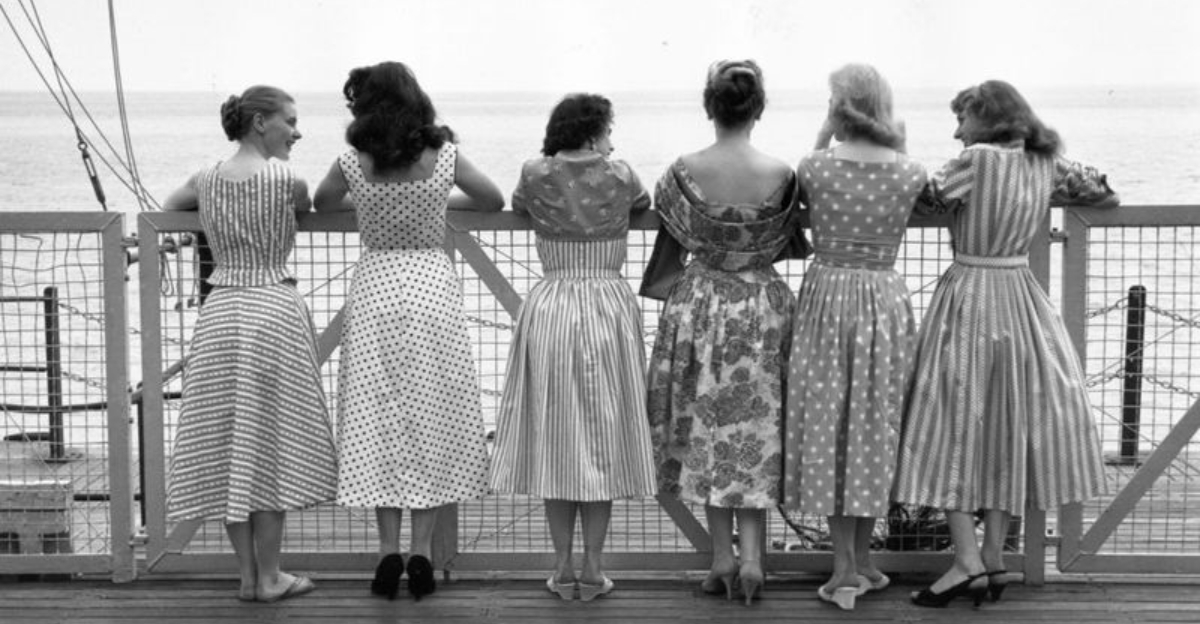
Our grandparents lived by a different style code, one stitched together with strict rules and unspoken expectations. No white after Labor Day. Hats in public. Stockings, even in summer.
Their wardrobes followed guidelines that now feel more like museum pieces than modern advice. Time and trends marched on, leaving many of those once-sacred rules in the dust.
It’s a stylish little time capsule of do’s and don’ts that today’s fashionistas wouldn’t dare take seriously. And honestly, thank goodness for that.
1. Matching Shoes and Handbag
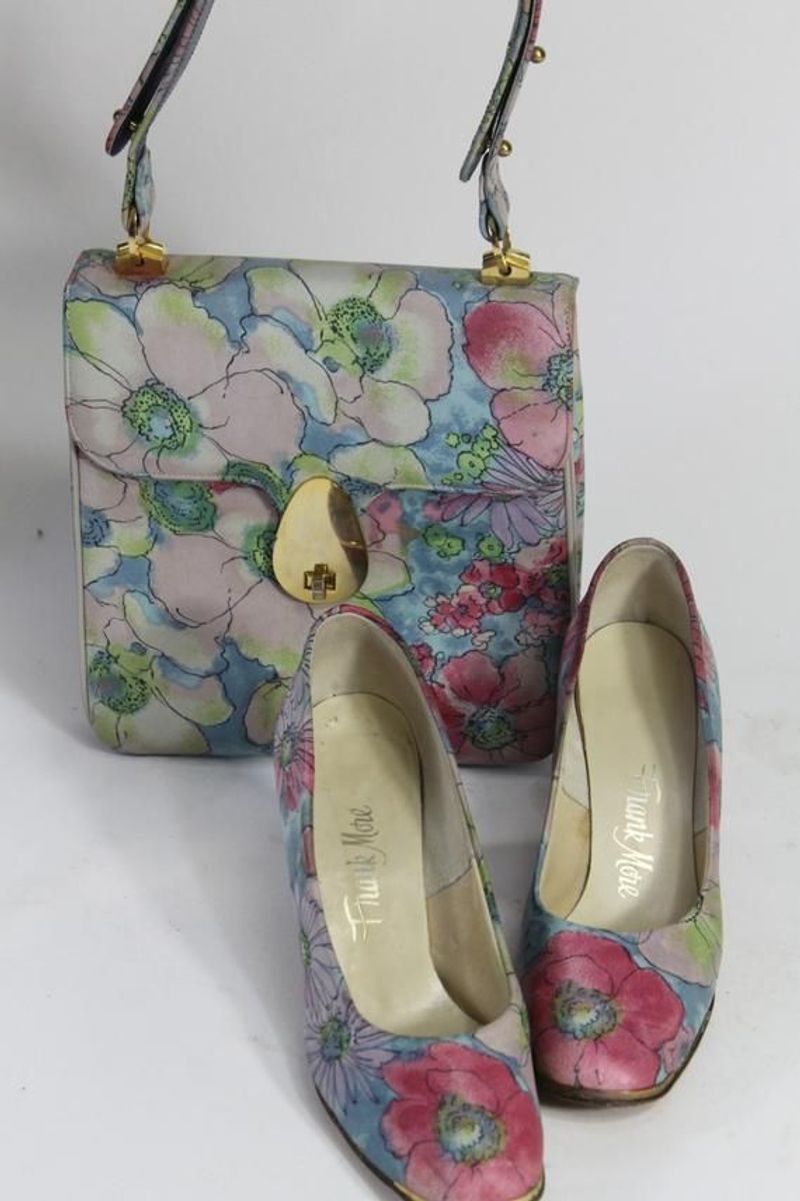
Coordination ruled supreme in grandmother’s closet! The sacred pairing of identical-colored handbags and shoes was non-negotiable for any properly dressed lady.
Department stores even sold matching sets, making it easier to follow this cardinal rule.
Women would painstakingly dye fabric shoes to perfectly match special occasion dresses. Fashion magazines devoted entire spreads to the art of accessory matching.
Modern fashion celebrates intentional clashing and creative mixing instead, freeing us from the tyranny of perfect color coordination.
2. Always Wear a Slip Under Dresses

Heaven forbid your silhouette be visible through your dress! Slips were mandatory undergarments that prevented any hint of transparency or clinging.
Grandmothers would be mortified by today’s deliberately sheer fashion trends. These thin undergarments came in various lengths and styles to accommodate different outfits.
Girls received their first slips as rites of passage into proper ladyhood. While practical for preventing static cling and providing modesty, slips have largely disappeared except in formal or professional settings.
3. Men Must Wear Hats Outdoors
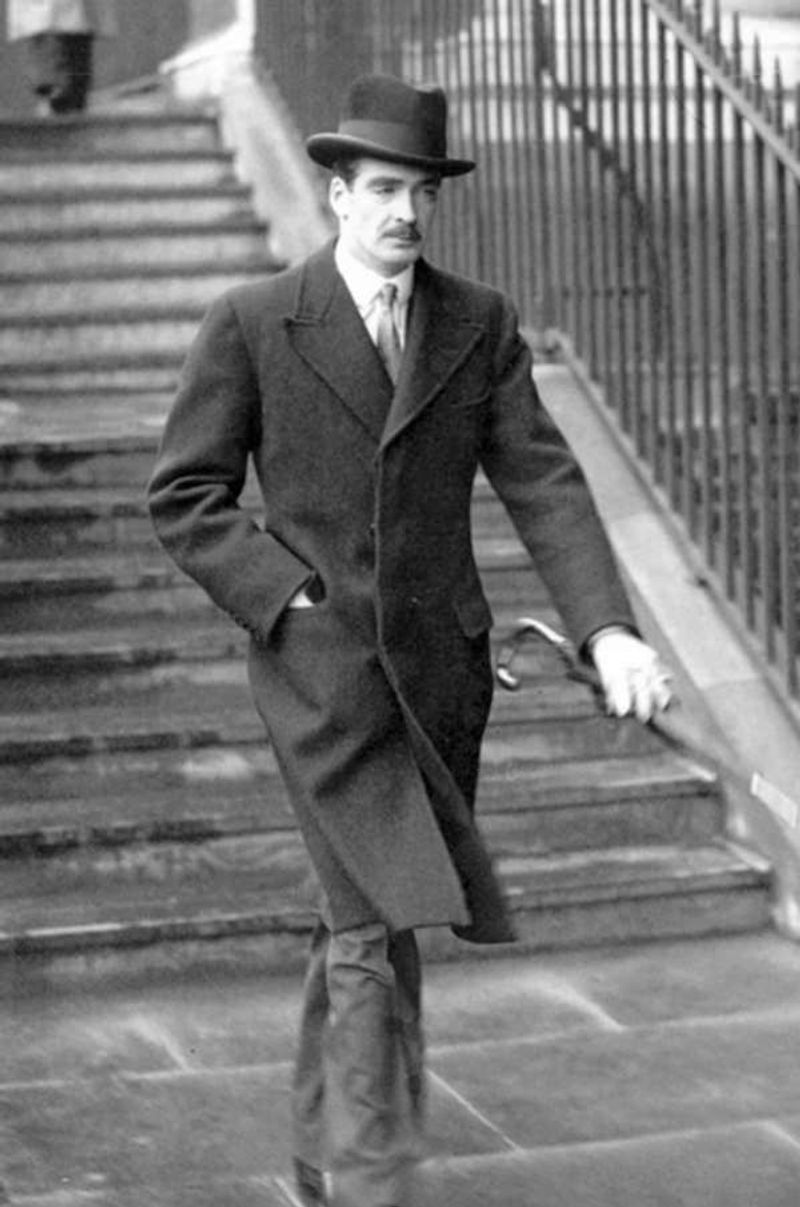
Bare-headed gentlemen were once considered improperly dressed! From fedoras to homburgs, hats weren’t fashion statements but essential components of a complete outfit.
A man’s hat choice signaled his social status and occupation.
The rules governing hat etiquette filled entire chapters in manners books. Men tipped hats to acknowledge ladies and removed them indoors, during national anthems, and in elevators.
President Kennedy reportedly contributed to the hat’s decline by appearing hatless at his inauguration, making bare heads suddenly acceptable.
4. No White After Labor Day

Summer whites getting packed away like clockwork once September rolled around wasn’t just tradition – it was practically law!
This rule originated among wealthy 19th-century socialites who used clothing to distinguish themselves from new-money families.
Back when wardrobes changed seasonally out of necessity, white linen and lightweight materials were reserved strictly for summer months.
Anyone caught wearing winter whites would face raised eyebrows and whispered gossip. Today, winter white outfits are actually considered chic year-round!
5. Women Must Wear Pantyhose

Bare legs? Scandalous! Pantyhose were mandatory for professional women and social occasions regardless of sweltering temperatures.
Department stores dedicated entire sections to these skin-tone sheaths in various deniers and shades.
Women carried spares in their purses for inevitable runs and snags. The pantyhose ritual involved careful rolling, gentle tugging, and prayers against tears.
When Kate Middleton was photographed with bare legs at royal events, it signaled the final demise knell for this once-unbreakable rule.
6. No Jeans Outside of Work or Chores
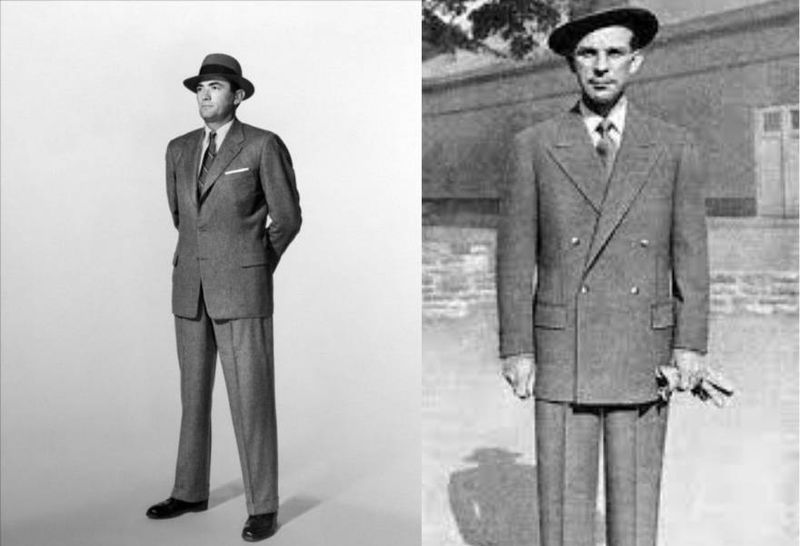
Denim was strictly utilitarian – reserved for farm work, factory floors, or backyard gardening.
Wearing jeans to restaurants or social gatherings would have horrified previous generations who considered them inappropriate casual wear.
The transformation began with rebellious teens in the 1950s, gained momentum with hippie culture, and finally achieved mainstream acceptance. Designer jeans in the 1970s elevated denim to fashion status.
Now we pay premium prices for artificially distressed jeans that would make our grandparents question our financial sensibility!
7. Ties Required for All Formal Settings
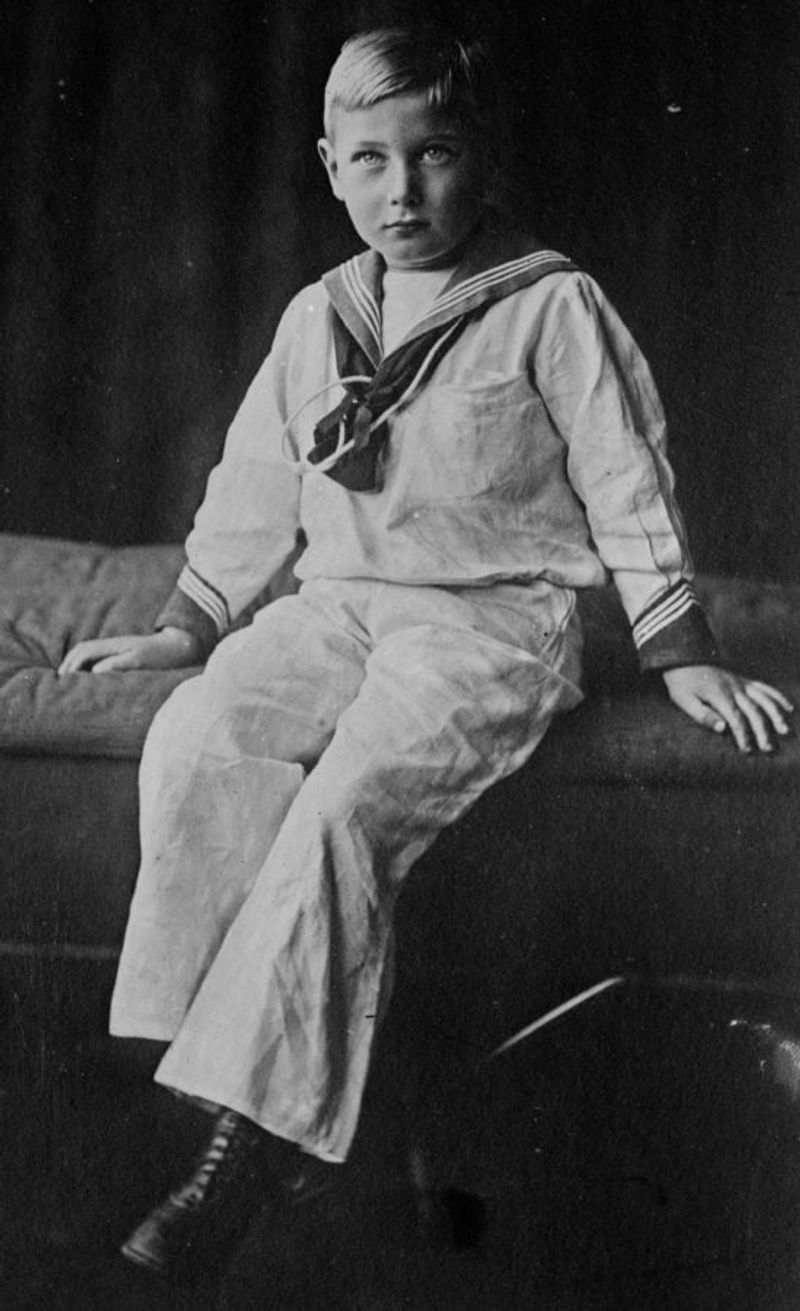
Neckties weren’t accessories but necessities for men in professional and social settings. Showing up tie-less to dinner would be like arriving without pants! Boys learned Windsor knots alongside other crucial life skills.
The four-in-hand, half-Windsor, and full Windsor knots were passed down from father to son like sacred knowledge.
Tie clips, pins, and bars kept everything perfectly positioned. Silicon Valley tech culture dealt the fatal blow to this tradition, making even billionaire CEOs feel comfortable in casual open collars.
8. No Open-Toed Shoes at the Office
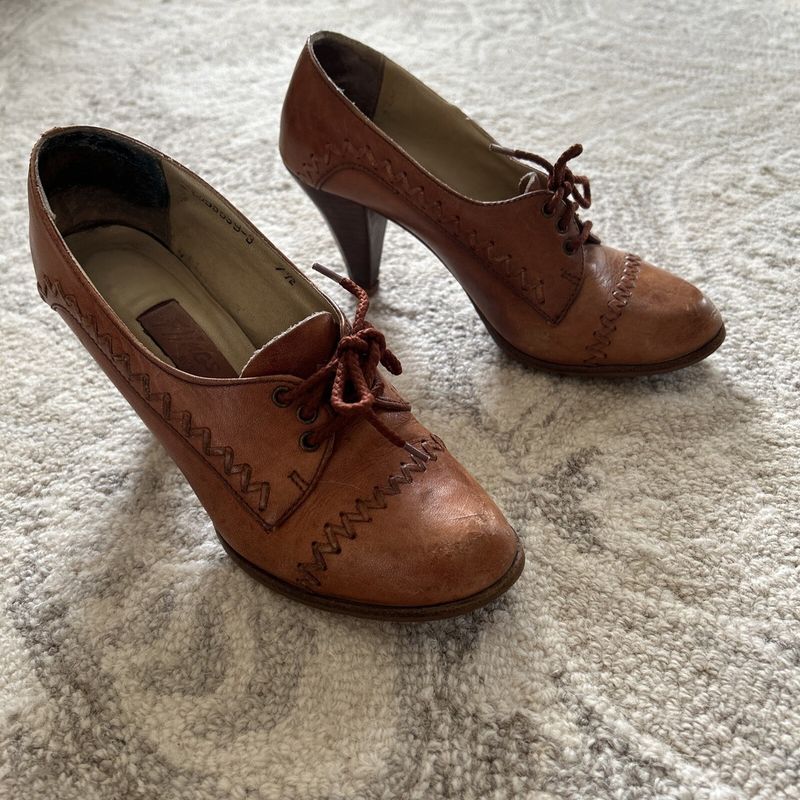
Toes peeking out in professional settings? Absolutely unthinkable! Closed-toe pumps reigned supreme in corporate environments regardless of summer heat waves.
HR handbooks explicitly banned sandals alongside other “inappropriate” footwear. Women’s feet were expected to remain mysteriously concealed during business hours.
The gradual relaxation began with “casual Fridays” and accelerated as workplace dress codes evolved. Now, tasteful sandals and peep-toes have found acceptance in all but the most conservative offices.
9. Women Shouldn’t Wear Trousers
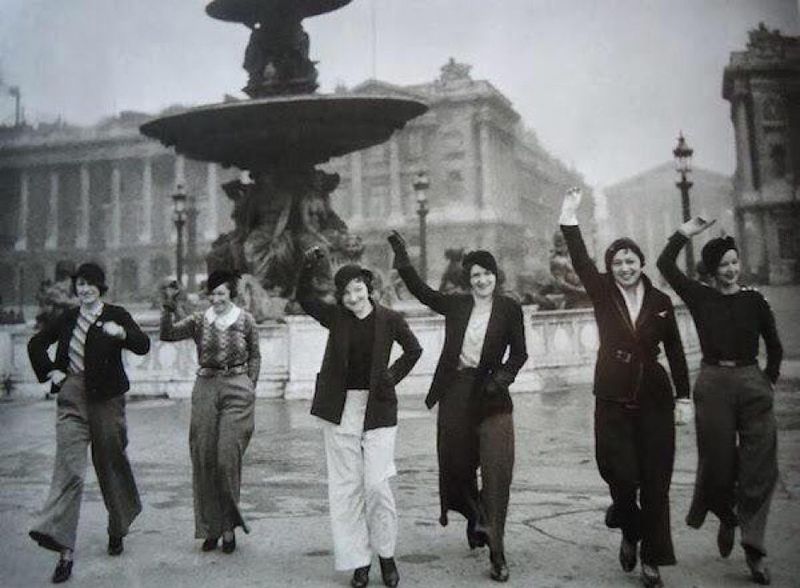
Pants were exclusively masculine territory until surprisingly recently! Women in trousers faced actual discrimination, including being denied entry to restaurants and social clubs.
Some schools and workplaces explicitly prohibited female students and employees from wearing pants.
Katharine Hepburn famously challenged this norm in the 1930s, but widespread acceptance took decades longer. The pantsuit revolution finally gained momentum in the 1970s.
Now, it’s hard to imagine restricting half the population to skirts and dresses regardless of weather or practicality!
10. Belts Must Match Shoes
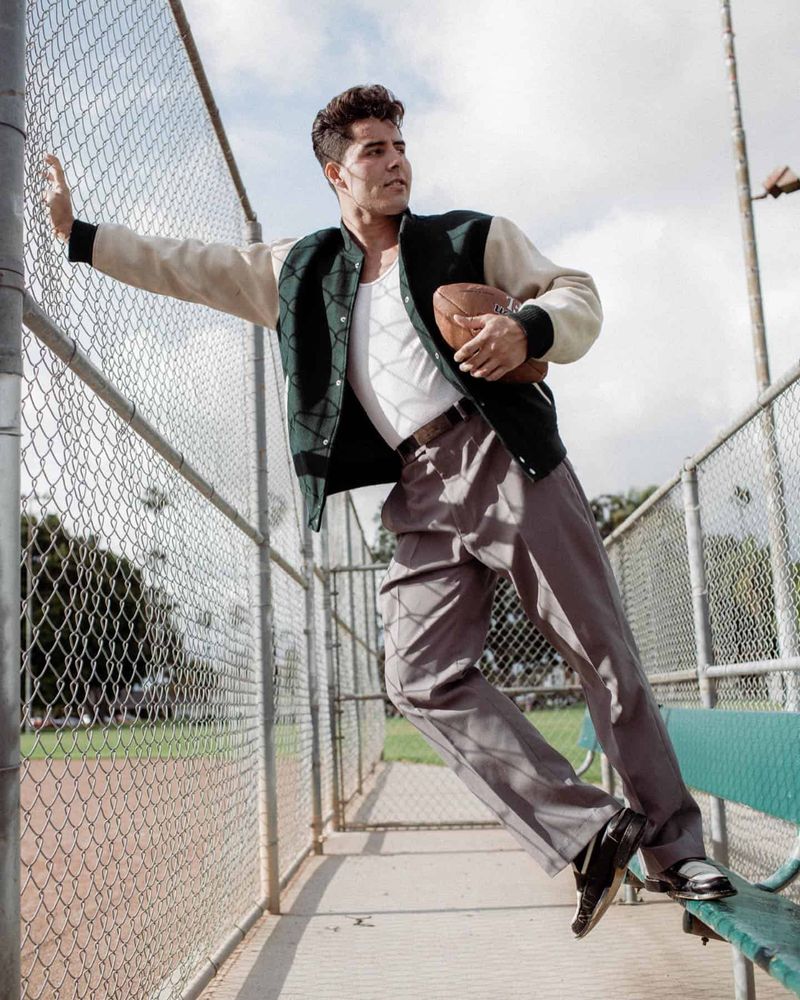
Mismatched leather accessories would instantly mark someone as sloppily dressed! Men especially followed the belt-matches-shoes commandment with religious devotion.
Brown shoes demanded brown belts; black shoes required black belts – no exceptions. This rule extended to watchbands and briefcases for the truly coordinated gentleman.
The origin was practical – when leather goods were expensive investments, limiting color variety made economic sense.
Contemporary fashion embraces intentional mismatching and mixed metals, freeing us from this restrictive coordination requirement.
11. No Visible Tattoos or Piercings
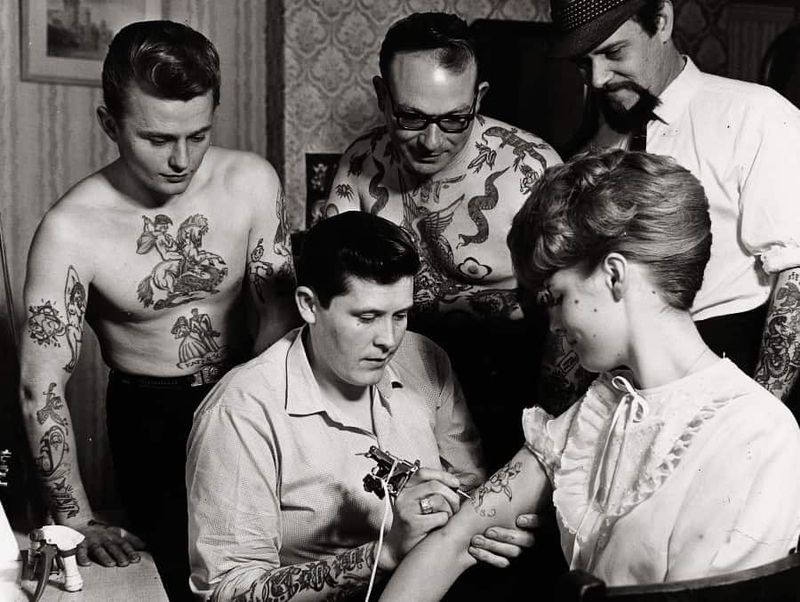
Body modifications were once limited to sailors, carnival performers, and rebellious outsiders! Visible tattoos could cost job opportunities and social standing.
Earrings were the only acceptable piercings for women, and even those were restricted to single lobe piercings.
Men with earrings faced harsh judgments about their masculinity and character. The mainstreaming of tattoo culture has been remarkably recent.
Now CEOs sport sleeve tattoos and multiple piercings have become so commonplace that grandparents themselves are getting inked!
12. No Black and Brown Together
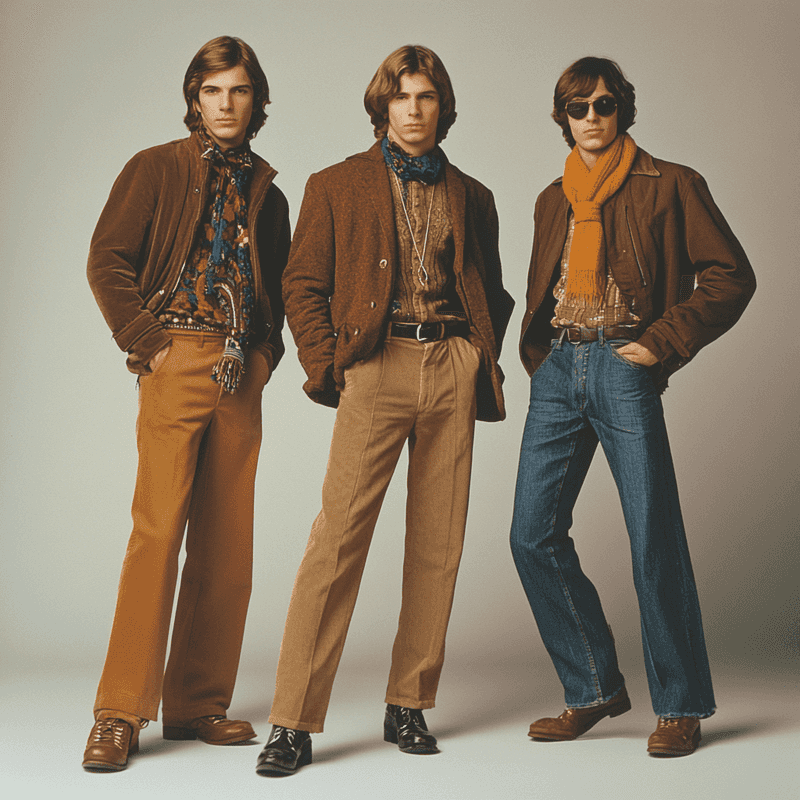
Mixing these neutrals was once fashion sacrilege! The prohibition against pairing black and brown extended from clothing to accessories and was taught as an absolute truth.
Fashion magazines warned readers against this cardinal sin. The rule stemmed from formal menswear traditions where mixing black formal elements with brown casual pieces created jarring inconsistency.
Designers now intentionally combine these neutrals for sophisticated looks.
This outdated rule perfectly exemplifies how arbitrary fashion commandments eventually crumble under the weight of creative experimentation.
13. Skirts Must Cover the Knee
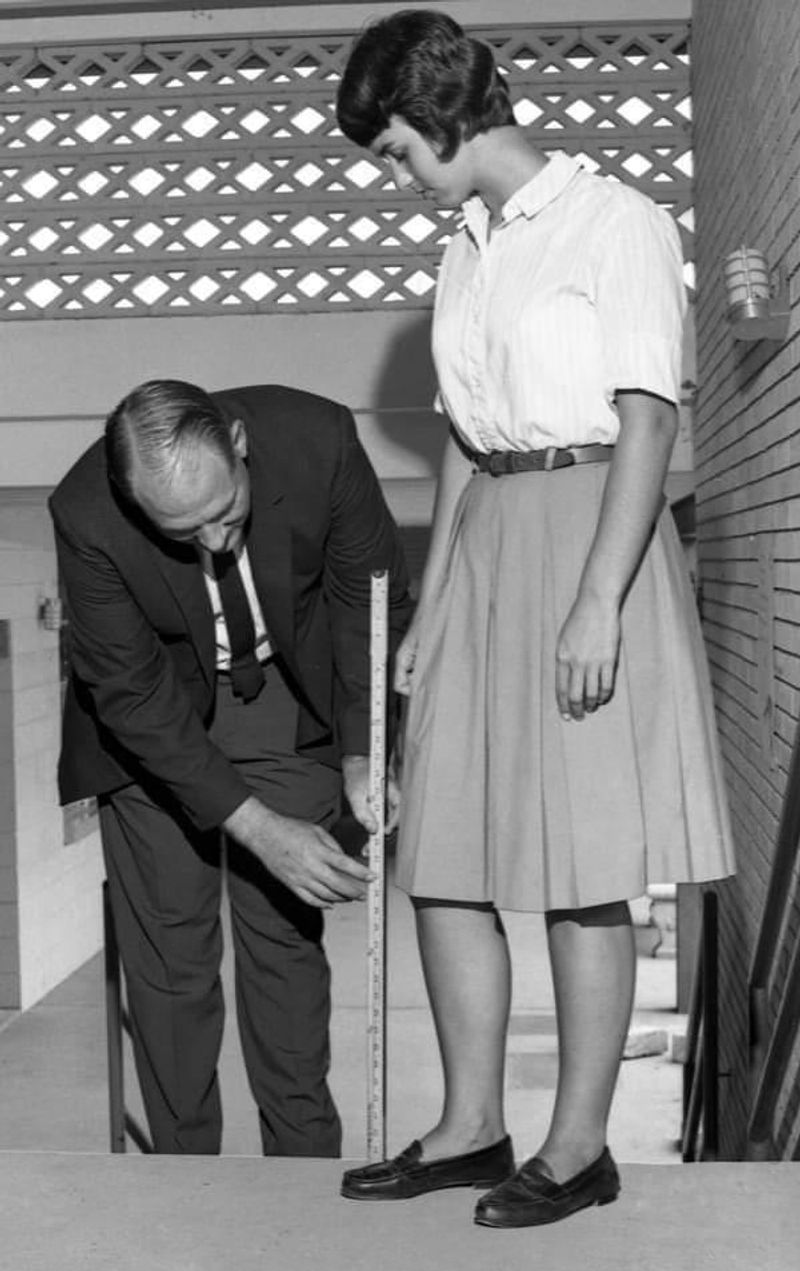
Hemlines were serious moral indicators! Skirts rising above the knee signaled questionable character rather than fashion-forward thinking.
Schools and offices measured skirt lengths with rulers, sending women home if they violated the prescribed distance from the floor.
The battle of the hemline raged throughout the 20th century. Each inch upward represented women’s liberation from restrictive social codes.
Mary Quant’s revolutionary miniskirt in the 1960s finally shattered this rule, though many grandmothers never fully embraced the change.
14. No Makeup Before a Certain Age

Cosmetics were strictly adult territory! Young girls wearing makeup were considered precocious or improperly raised.
Mothers carefully guarded their makeup collections from curious daughters, introducing appropriate products only at designated milestone ages.
Lipstick might be permitted for special occasions at 16, while foundation remained off-limits until 18 or even marriage. The gradual progression typically started with clear lip gloss and evolved slowly.
Today’s teenagers experiment with elaborate makeup techniques that would shock previous generations.
15. Avoid Wearing Bright Colors in Winter
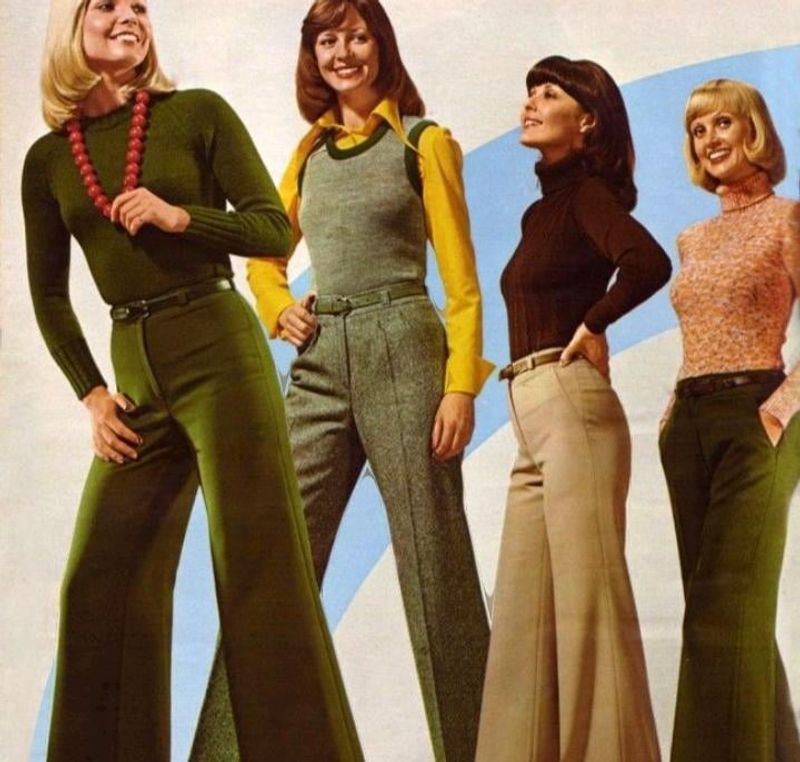
Seasonal color rules once dictated wardrobe palettes with surprising rigidity! Winter demanded somber tones – navy, burgundy, forest green, and various shades of gray and brown.
Vibrant colors were strictly reserved for spring and summer months.
Fashion magazines published seasonal color guides that everyone followed religiously. This rule had practical origins when wardrobes were smaller and seasonal fabrics differed significantly.
Modern fashion celebrates “winter brights” and year-round color, thankfully freeing us from months of chromatic gloom.
16. No Sneakers with Suits
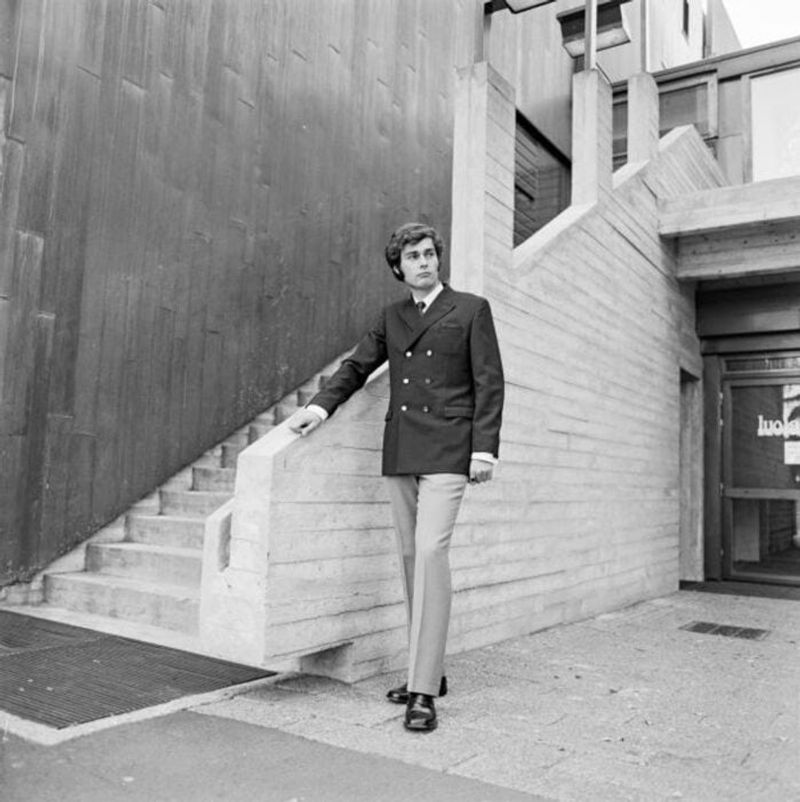
Athletic shoes paired with tailored clothing would have given grandpa a coronary! Sneakers were strictly for sports, yard work, and children’s play.
Business attire demanded proper leather dress shoes without exception.
The sneaker revolution began with casual Fridays and accelerated through tech industry influence. High-fashion designers delivering luxury sneakers finally demolished this boundary.
Now, even wedding parties sport coordinated Converse, and CEOs pair expensive suits with limited-edition athletic footwear – proving that comfort finally triumphed over arbitrary formality.
17. No Mixing Prints or Patterns
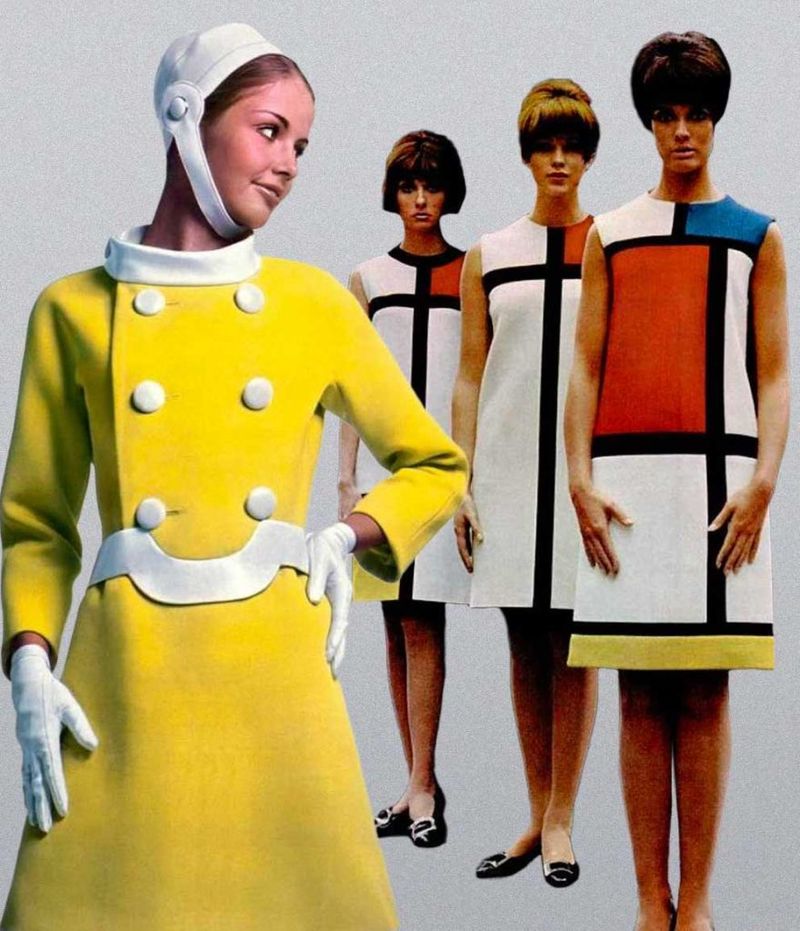
Pattern mixing was once considered visual chaos rather than creative styling! Fashion authorities insisted on limiting outfits to one pattern maximum, with everything else in solid colors.
Plaids, florals, and stripes lived in separate wardrobe sections, never to meet.
The rule maintained visual simplicity but limited creative expression. Grandmothers would be genuinely confused by today’s celebration of intentionally clashing patterns.
Modern fashion embraces maximalist pattern mixing as sophisticated rather than gauche – proving that even the most established style rules eventually reverse completely.
18. Always Iron Your Clothes
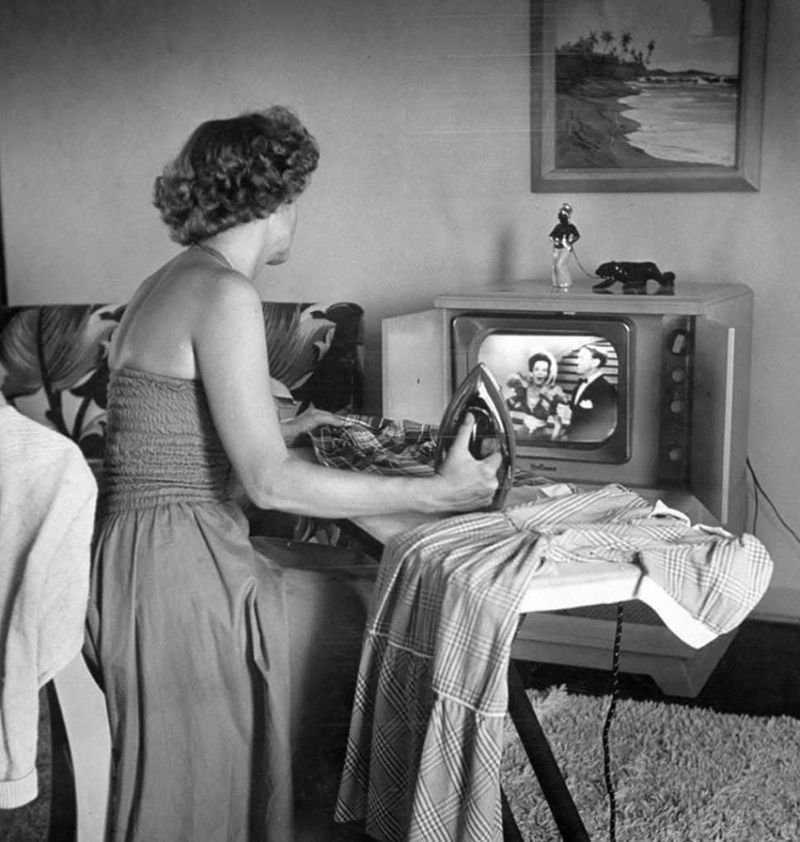
Wrinkles were once considered moral failures rather than textile properties! Ironing wasn’t optional but mandatory daily maintenance.
Families dedicated entire afternoons to pressing everything from underwear to bedsheets.
Special boards and techniques existed for different garment parts – sleeve boards, pressing cloths, and specific iron temperatures for various fabrics.
The invention of permanent press fabrics began liberation from this tyranny.
Now, “intentionally rumpled” styles and “lived-in” looks command premium prices, while dedicated ironing time has virtually disappeared from modern routines.
19. Undershirts Required Under Dress Shirts
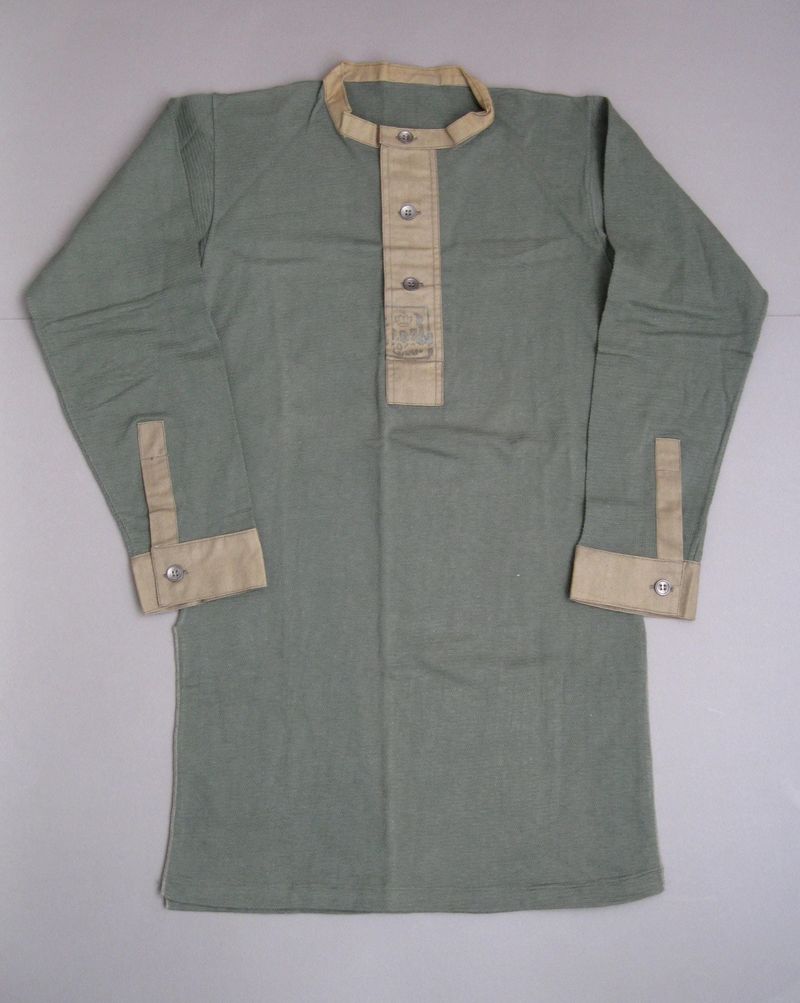
Going undershirt-free was unthinkable for proper gentlemen! These invisible garments prevented embarrassing sweat stains and provided modest opacity under lighter-colored shirts.
Men’s undershirts were as essential as socks. The classic white crew neck or v-neck undershirt was standard issue in every man’s drawer.
Visible undershirt lines were carefully avoided through proper sizing and styles.
While still common, the absolute requirement has relaxed considerably, with many men now choosing comfort and cooler options in casual and even business settings.
20. No Logos or Branding on Clothes
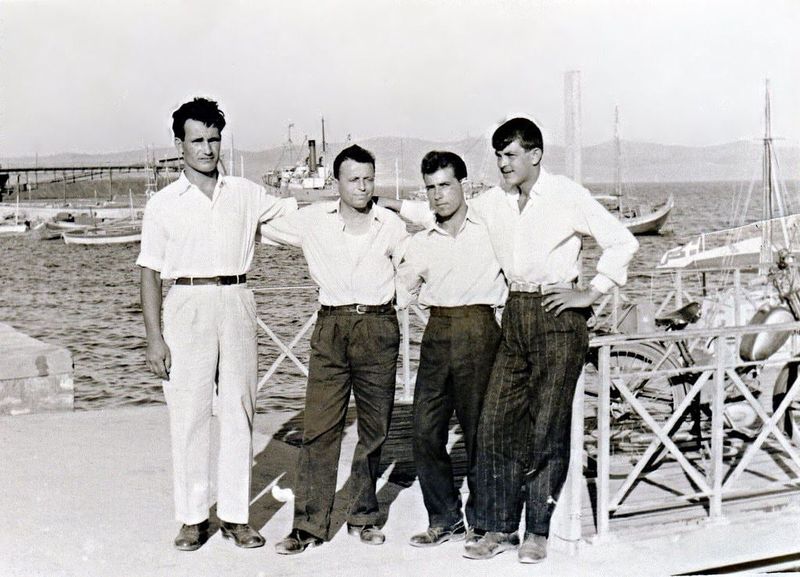
Visible brand names were once considered tacky and ostentatious! Quality clothing whispered rather than shouted its origins through superior materials and craftsmanship.
Only children’s playwear might feature characters or obvious branding.
The logo revolution began with status-symbol designer pieces and exploded with casual sportswear. Alligators, polo players, and swooshes transformed from subtle details to prominent displays.
Now we pay premium prices specifically for visible logos – a complete reversal that would bewilder our label-concealing grandparents!
21. No Hats Indoors
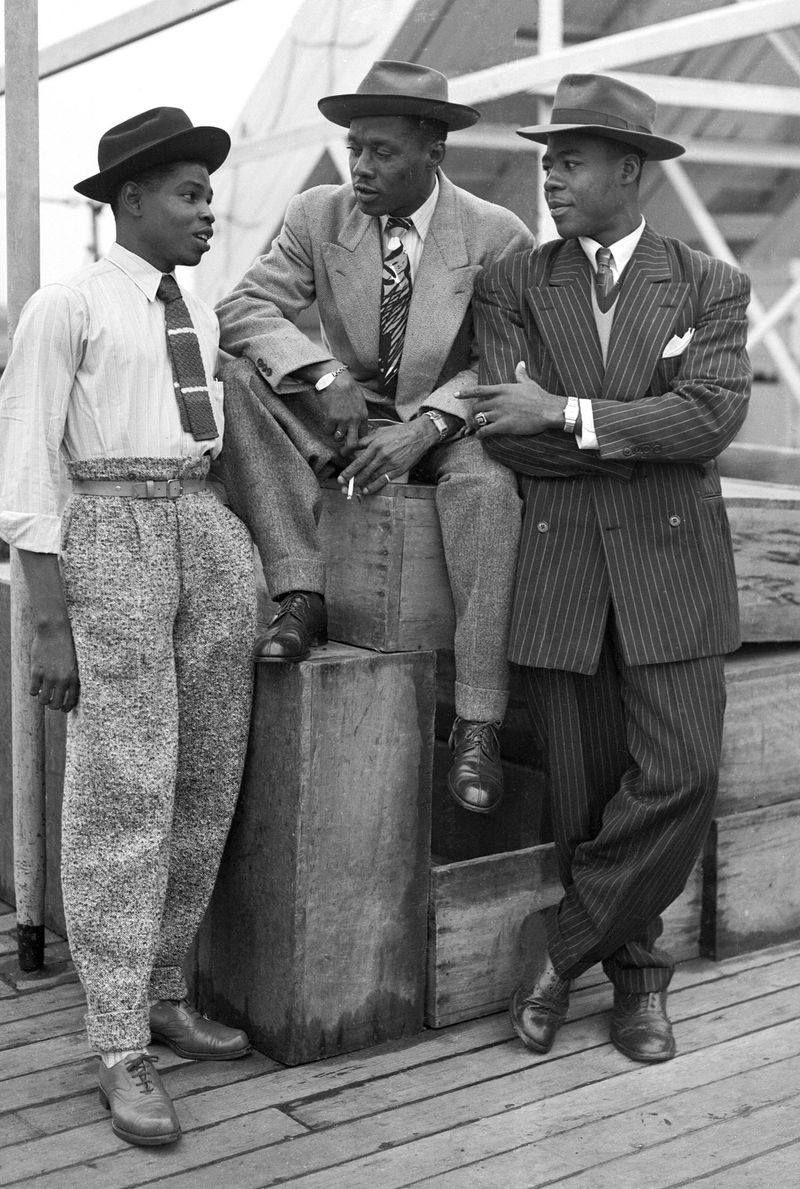
Keeping a hat on inside was the height of rudeness! Men removed hats immediately upon entering any building as a sign of respect.
Exceptions existed only for public spaces like hotel lobbies or transportation hubs.
Boys were trained with gentle shoulder taps when they forgot this cardinal rule. The tradition stemmed from medieval knights removing helmets to show peaceful intentions.
While baseball caps indoors are now commonplace, older generations still notice and judge this particular breach of traditional etiquette.
22. Only Wear Formalwear After 6 PM

“Evening clothes in daylight hours? How gauche!” Time-specific dress codes once strictly separated daywear from evening attire.
Sequins, satin, and formal silhouettes were reserved exclusively for after-six events.
The rule originated among aristocracy who changed clothes multiple times daily for different activities. Daytime weddings required special “morning dress” rather than tuxedos.
This time-boundary has almost completely dissolved, with formerly evening-only elements now incorporated into daytime fashion – proving that even the most established rules eventually fade into fashion history.
